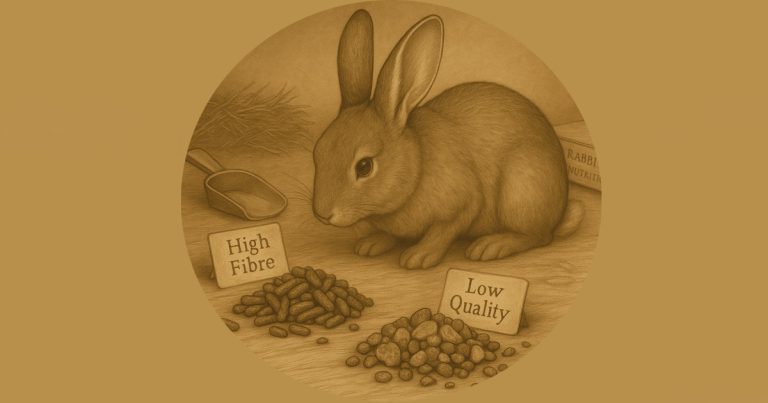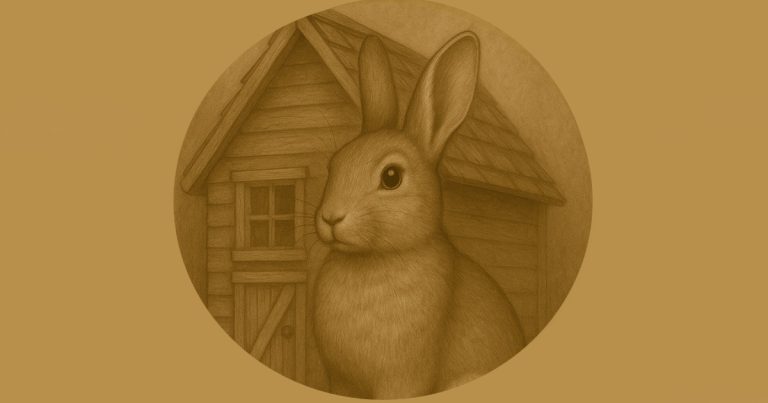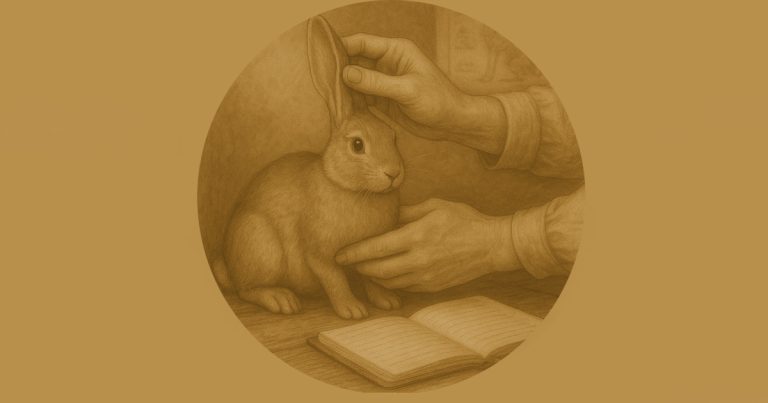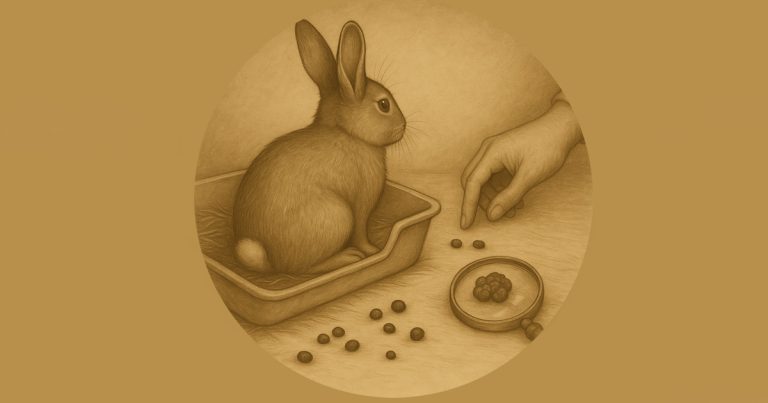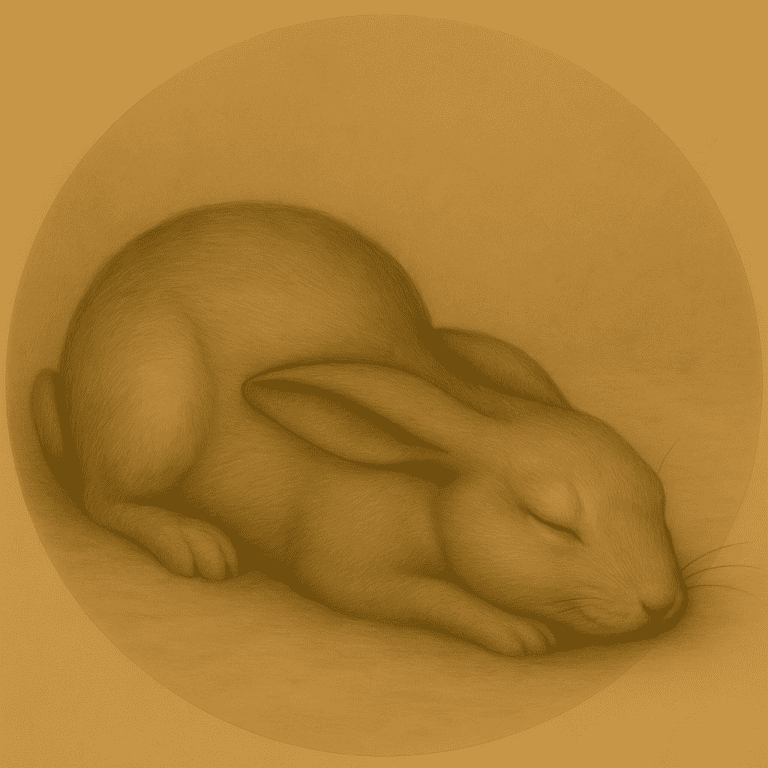Rabbits Regulate Body Temperature

Understanding How Rabbits Regulate Body Temperature (And Why Hot Days Are So Dangerous)
Rabbits Regulate Body Temperature -Rabbits aren’t built for summer heat. They evolved in underground burrows, not sunny hutches or baking patios. And unlike humans, they don’t sweat. They don’t pant effectively. And they’ve only got one real tool to cool themselves: their ears.
A healthy rabbit’s core temperature sits between 38.5°C and 40°C (that’s around 101.3°F to 104°F). They can tolerate a little over or under that but not much.
And here’s the problem: once the air temperature outside reaches their internal body temperature, they’ve got nowhere left to dump excess heat. Their ears stop working as radiators, because there’s no cooler air for heat to escape into. It’s like trying to cool down in a sauna sweat or no sweat, nothing leaves the body.
At that point, heat builds. Quietly. Relentlessly. You won’t always notice it right away. No big drama, no loud warning. But inside, that rabbit is cooking.
And once their core temperature creeps above 40.5°C, you’re heading into heat stress. After that, it doesn’t take long for things to go critical.
That’s why understanding how rabbits regulate their temperature isn’t just good knowledge it’s survival.
Heat Loss Through the Ears
Those big ears aren’t decoration. They’re heat exchangers.
A rabbit pushes warm blood into the auricular vessels, arteries and capillaries just under the skin of the ear. If the surrounding air is cooler than the blood, that heat gets dumped into the environment. The blood returns cooler, and the body temp drops.
That’s the only real mechanism they have.
But it’s a system that depends entirely on the temperature gradient. If the air temperature outside matches their core temperature, that gradient vanishes and so does the cooling. From that point on, they’re not regulating heat. They’re storing it.
And it gets worse under humid conditions. Moist air holds heat. It slows evaporation. So even if the ambient temperature isn’t extreme, cooling stalls. Add direct sunlight, and you’ve now got a rabbit absorbing heat faster than it can lose it — through its ears or anywhere else.
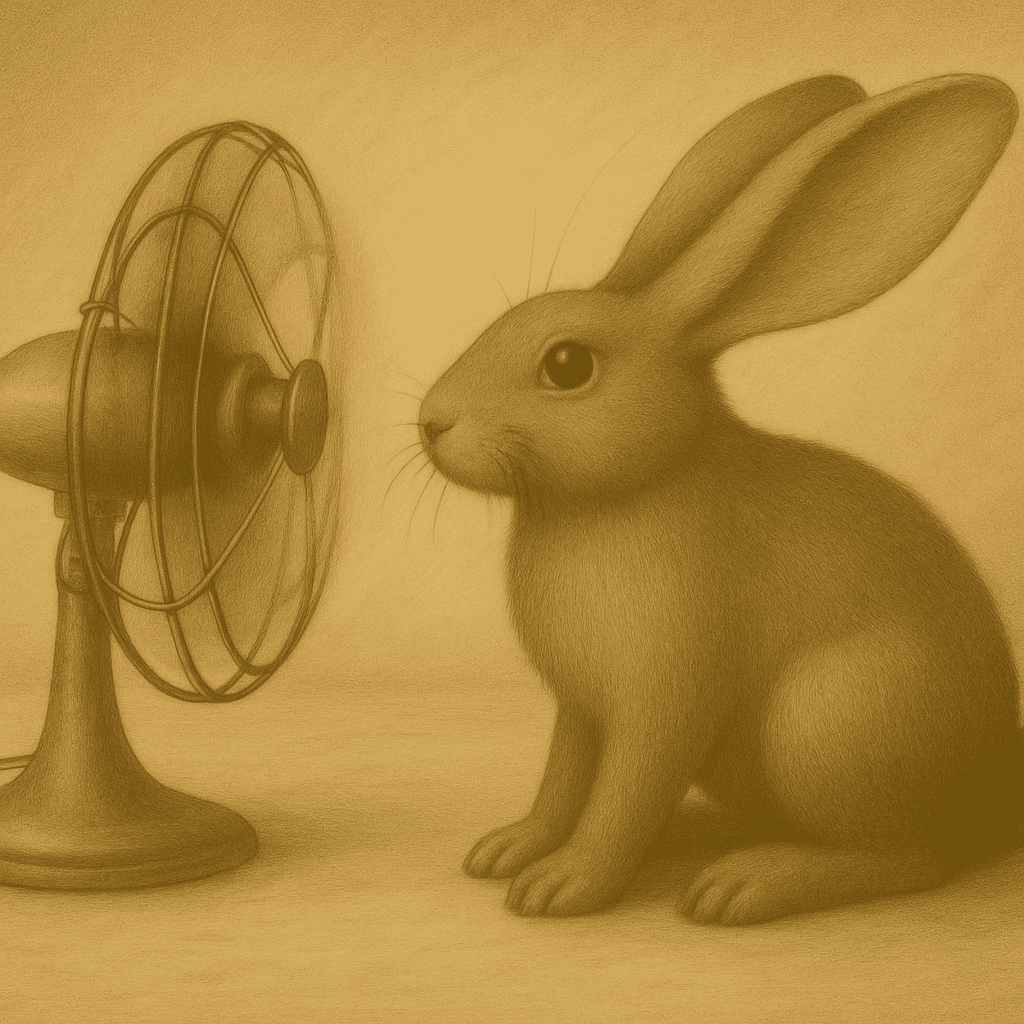
A Note on Fur and Insulation
People assume thick fur means overheating — but that’s not entirely true. A rabbit’s coat acts as insulation, not a heat source. A thick, dense coat can actually help buffer temperature changes — keeping body temperature more stable.
Finer-coated rabbits, on the other hand, gain and lose heat more rapidly. That might sound useful, but in practice it’s not. Their core temperature can spike faster in heat or drop faster in cold. They’re more reactive, less buffered, and more vulnerable to sudden change.
So yes, that chunky Rex with a deep undercoat might get uncomfortable, but he’s less likely to tip into crisis as fast as a smooth-coated Polish or slender-boned Mini Rex.
Lop-eared rabbits
Lop-eared rabbits really do get the short straw when it comes to heat regulation. Those iconic floppy ears? They might be cute, but they’re a design flaw in a heatwave.
- Reduced airflow
Lops don’t get that luxury. Their ears hang close to the head and neck, limiting surface exposure to air. That means less evaporation, less convection, and far slower cooling. - Trapped warmth
Because the ears droop, they create a heat pocket around the skull. - Compromised circulation
The blood vessels in a lop’s ears don’t always work as effectively because the ear is folded and compressed.
The result?
Lops overheat faster. They recover slower. And they often show fewer early warning signs because they can’t cool down through their ears like upright breeds can. What looks like “just resting” can be the early stages of heat stress.
Young Rabbits and Heat – Why Kits Struggle First
If adult rabbits are bad at handling heat, kits are worse. Much worse. And it’s not just because they’re small it’s because they’re underdeveloped.
Here’s what’s working against them:
- Immature Thermoregulation
Young rabbit struggle regulate body temperature. - Poor Heat Exchange
Their ears — the primary tool for cooling — aren’t functioning properly yet. The blood flow is minimal. The ear surface is tiny. - High Metabolic Rate
Kits burn energy fast. That creates heat internally. When they can’t get rid of it efficiently, - Behavioural Blind Spot
Young rabbits are programmed to stay put. They can’t make heat-avoidance choices like adults — no flopping on tiles, no seeking shade, no licking condensation off a bottle.
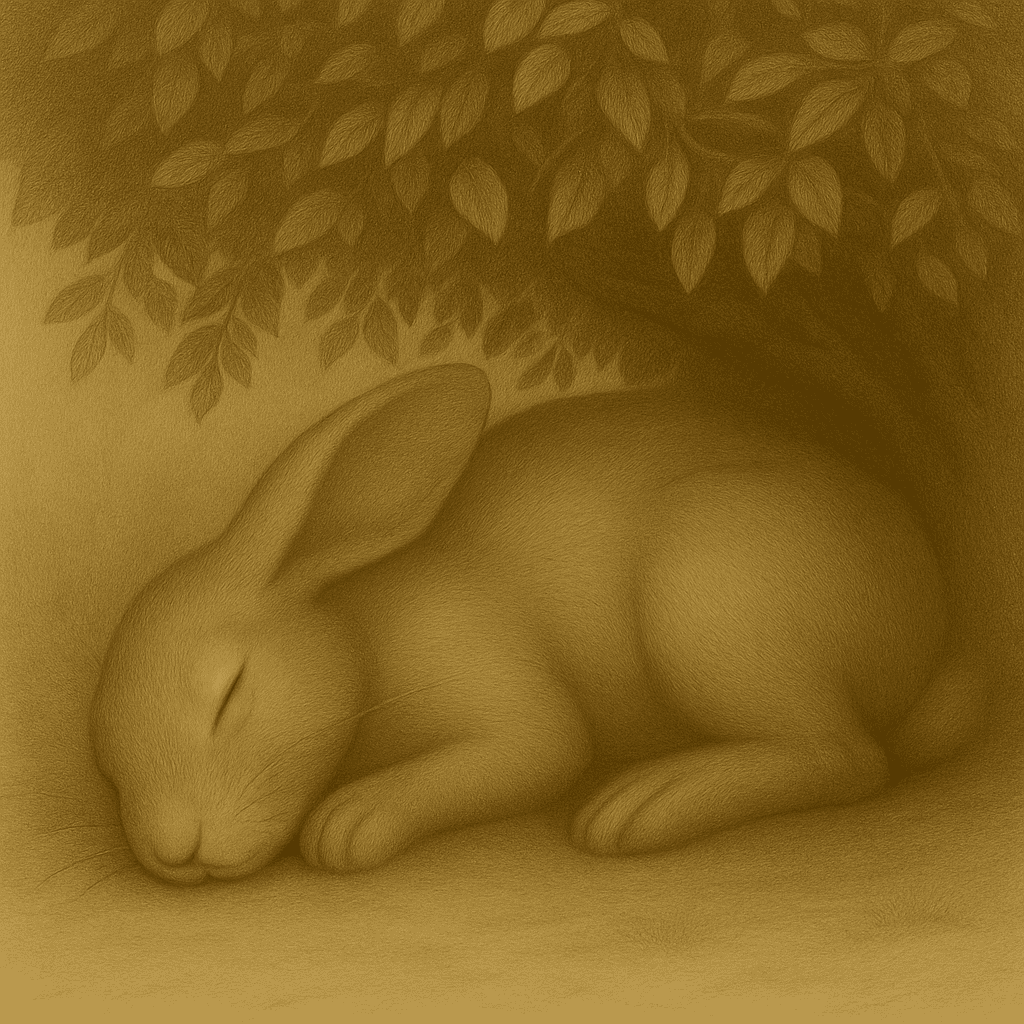
Why Rabbits Sleep Through the Heat
Rabbits aren’t lazy. They’re strategic.
That midday shut-down? It’s not just predator avoidance — it’s thermoregulation. Wild rabbits retreat underground, where the temperature stays stable. Domestic ones, if they’ve got the option, do the same: shaded corners, under structures, along breeze lines. Anywhere but in direct sunlight.
They’re crepuscular by design — wired to be active at dawn and dusk when the air’s cooler and the light isn’t blistering. Nature didn’t build them for midday heat. No sweat glands. No effective panting. Once the outside air gets close to their core temperature, the body stops cooling and starts storing heat. Fast.
And here’s the clever bit: by sleeping and skipping food during the hottest part of the day, they actively reduce their internal heat production. Digestion creates heat. So does movement. So the rabbit shuts both down — conserve energy, stay still, don’t cook.
So yes — on a normal day, we warn against drafts. But in high heat? A cross-breeze can save a life. Those blanket ‘no drafts’ rules don’t apply when the sun’s trying to roast them.
This isn’t about comfort. It’s survival. Rabbits know it. We need to catch up.
How to Spot Heat Stress in a Rabbit — Before It’s Too Late
Rabbits don’t scream for help. They don’t whimper or wave a flag. They just start shutting down.
You’ve got a small window to notice — and act — before things turn critical. Here’s how to read it, the Redbeck way.
- 1. Breathing’s off
Not panting like a dog, but sharp, shallow pulls. Watch the chest it’ll flutter. Not normal. That’s your first clue. - 2. Nostrils working overtime
If their nose is flaring with each breath, it’s not curiosity it’s strain. They’re trying to move air fast. - 3. Too still
Not resting. Not loafing. Just… off. Unresponsive. Slumped. If they’re usually twitchy and now they don’t budge when you approach, something’s wrong. - 4. Hot ears and hot feet
Their natural cooling system is working overtime. Feel the ears or back feet if they’re scorching, it means the body’s struggling to dump heat. - 5. Damp around the mouth or nose
This is late-stage. They may salivate or have mucus showing. That’s panic setting in. You’re already behind act fast. - 6. Twitching or flopping
Loss of control, spasms, sudden collapse. No drama here just fact. This is emergency territory. Get shade. Get help. ( A car aircon unit has saved many a rabbit at a cost of a little fuel) - 7. Heart going like a drum
Feel behind the front legs or inside the thigh if it’s hammering, they’re stressed. Heat and stress go hand in hand. You need to cool, not cuddle.

So, what can you do?
- 1. Get them out of the heat — fast
Not after lunch. Not when you’ve finished your cuppa. Now.
Move them into the shade, into the house, into the shed — anywhere cooler.
If you’ve got a tiled floor, perfect. If not, even the hallway’s better than a baking box in the garden. If you’ve got an air-con unit, even better.
Set it to a moderate temp, not arctic blast. Put the rabbit near, not under it. Airflow, not freeze-drying. - 2. Use airflow — create a breeze
Grab a fan. Doesn’t need to be fancy. Angle it across their space, not in their face.
You’re shifting hot air away, letting their ears do the job they were built for. - 3. Cool the ears — not the whole rabbit
People panic and soak them. Don’t.
Wet your hands or a soft cloth and gently wipe over their ears. That’s where the heat dumps out.
It’s not about drenching — it’s about evaporative cooling. That fine balance between helping and harming. - 4. Offer water and wet herbs
Shallow bowl, cool water. No ice. Just fresh and accessible.
If they won’t drink, try parsley, basil, mint.
Even better? Freeze herbs into ice cubes ahead of time. Drop one in their bowl — hydrates and entices. - 5. Let them lie on something cold
Tile from the fridge. Chilled slab. A ceramic plate.
Reusable cooling pad wrapped in a tea towel.
Put it down and leave them be. If they want it, they’ll use it. Rabbits aren’t daft. - 6. Observe — and act
If breathing slows, ears cool, and they start moving again — you’re turning the tide.
If they’re still flat, rapid breathing, glazed eyes — call the vet now.
You keep working, they prep to take over. That’s teamwork.
What you don’t do
- Don’t chuck them in a sink
- Don’t swaddle them in wet towels
- Don’t blast them with freezing air
- Don’t force them onto cold things
- Don’t delay
Final word?
You don’t get do-overs with heatstroke. You either catch it early, or you bury a rabbit.
We’ve built our routine around this reality — because we’ve seen what happens when people don’t.
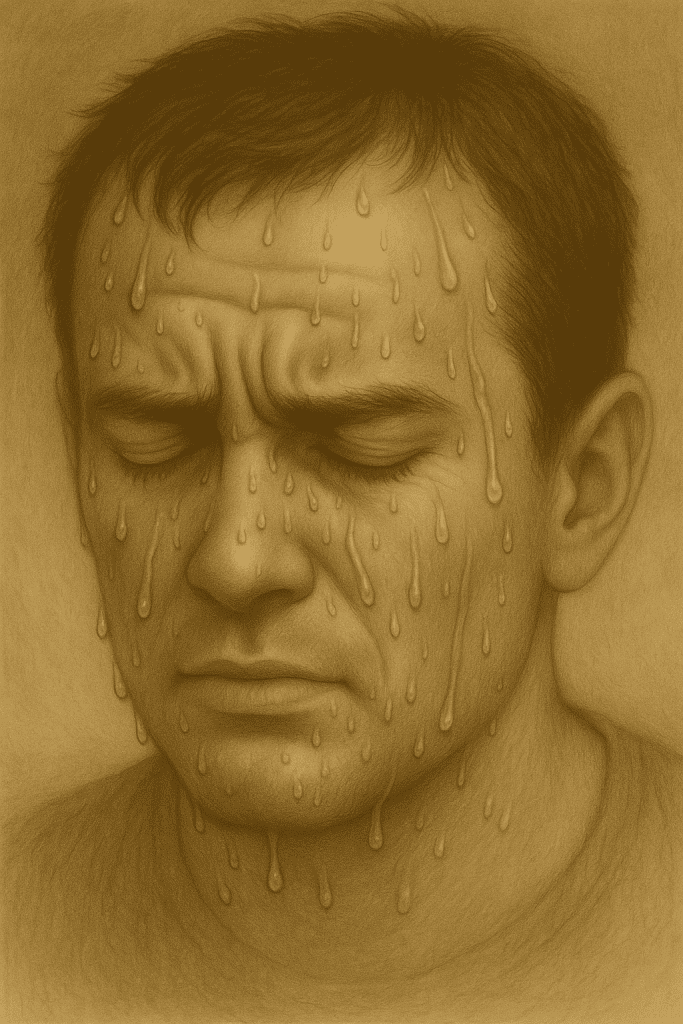
We’ve seen it too many times.
A hot day. A distracted owner. “Wow, it’s roasting today,” they say , sat in the car, air-con on, heading to work.
Meanwhile, down the garden, something’s baking alive in a wooden box.
Rabbits die in hutches.
Not because people don’t care but because they don’t think.
We’ve seen outdoor enclosures hit 42 degrees. And that’s in Yorkshire.
Leave a rabbit in that for a day, and what you’ve got isn’t a pet, it’s a body.
References & Further Reading
- Medivet: Heatstroke in Rabbits — details the enclosure ideal (10–20 °C), early signs (e.g. reddened ears, panting, drooling), and emergency steps of gradual cooling pmc.ncbi.nlm.nih.gov+15medivetgroup.com+15pdsa.org.uk+15.
- PDSA (UK): Heatstroke in Rabbits — core temp above 40.5 °C is dangerous; outlines symptoms and emphasises vet attention pdsa.org.uk.
- International Journal of Biometeorology (2021): “Environmental Heat Stress in Rabbits…” — review of how rabbits lack sweat glands, are fur‑insulated, and how heat stress harms their welfare and physiology sciencedirect.com+11pubmed.ncbi.nlm.nih.gov+11researchgate.net+11.
- ScienceDirect (1995): “Effect of hyperthermia on blood constituents in the domestic rabbit” — heat‑stroke deaths occurred at or above a core temperature of 43.0 °C sciencedirect.com.
- BMC Veterinary Research (2024): “Enhancing growing rabbit heat stress resilience…” — confirms heat stress arises from failure to dissipate heat, leading to lethal core temperature rise in rabbits bmcvetres.biomedcentral.com+1kb.rspca.org.au+1.
- Cambridge Animal Welfare (2007): “Physiological response of rabbits to heat…” — rabbits under heat stress showed elevated cortisol, lactate, glucose, PCV and osmolarity—significant welfare impacts cambridge.org.


